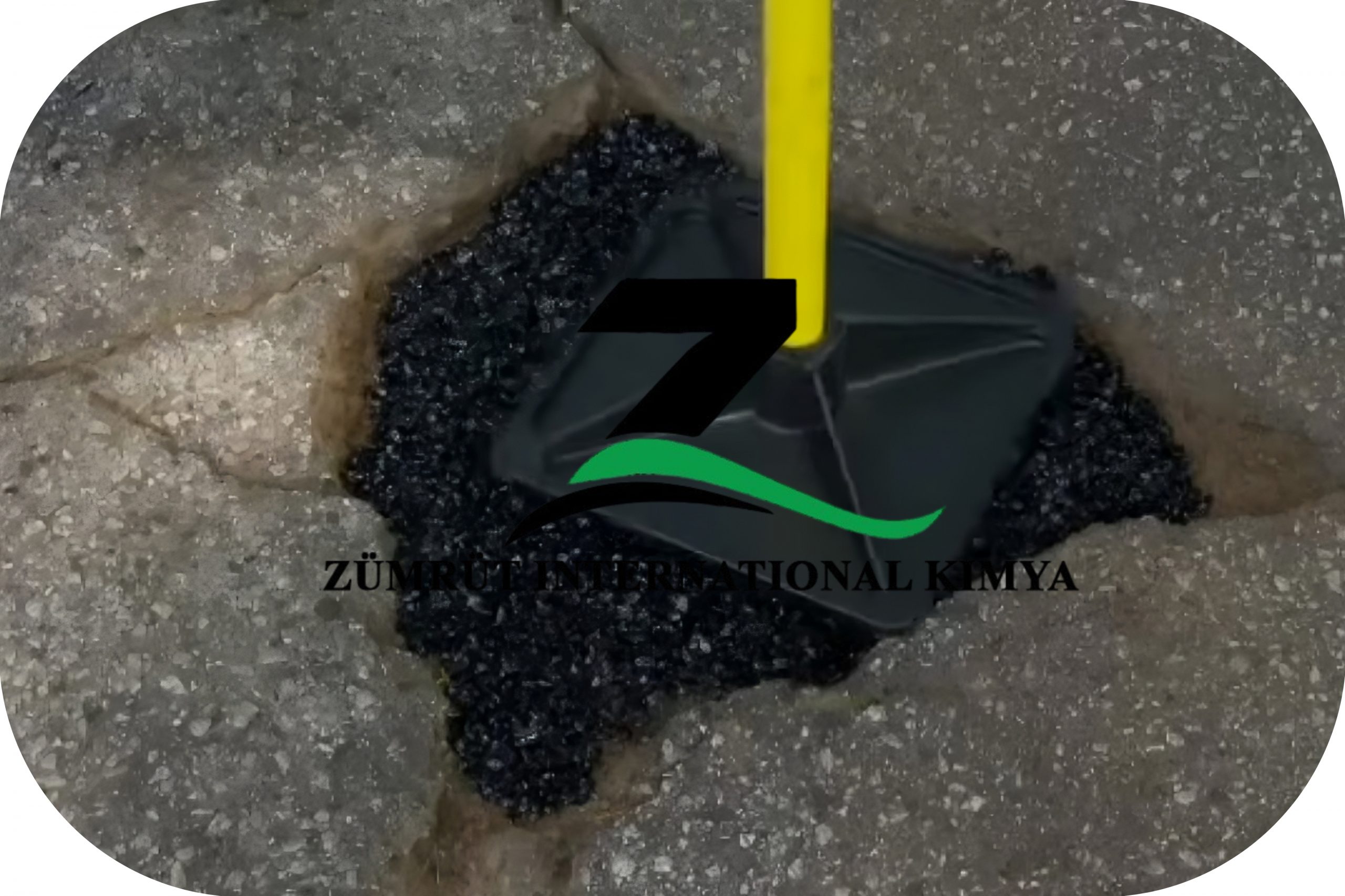
Intro
Cold mix asphalt, like hot mix asphalt, is a mix of aggregates; the mix is done with the addition of cutback or emulsion of bitumen. It finds application on roads carrying low traffic volume or rural areas. Cold mix asphalt is produced by emulsification of bitumen with water and an emulsifier, mixing with aggregates to decrease viscosity for ease of application. This mixture can either include bitumen emulsion, virgin aggregates, reclaimed asphalt pavement, or milled pavement, with the last two being cost-effective. Cold mix asphalt is widely used in pothole repairs and to maintain flexible pavements. It may be produced on-site or from processing plants, and that provides flexibility and handiness in road maintenance.
Bitumen is dispersed in water by using a mill and adding emulsifiers where the emulsifier acts as a bridge between two immiscible phases, bitumen, and water. During asphalt production the bitumen emulsion breaks in contact with stone minerals leaving the bitumen covering the stones. A lot of effort has gone into trying to understand the breaking mechanism and Fig. The speed of breaking increases during asphalt compaction. The emulsion used for cold technology is a slow-breaking cationic type (C65B5 – EN13808:2013).
Production Process of Cold Mix Asphalt
Cold mix asphalt is made by mixing the aggregates either with bitumen emulsion or cutback bitumen at ambient temperature and laid under the same conditions.
In cases where bitumen emulsion is used, the aggregates can be wet prior to mixing, while in other cases, the aggregates must be either dried up at ambient temperature or preheated before mixing in the presence of cutback bitumen.
In most cold mix asphalt versions the bitumen is heated up only where necessary and is mixed with the other, mixed but unheated materials.
Among two standard kinds of cutback bitumen used commonly in making cold mix asphalts include : MC 3000 and SC 3000.
Component of cold mix asphalt
As any other asphalt mix, main components of CMA are aggregates (i.e. coarse aggregate, fine aggregate and fillers) and binding material (cutback and emulsion). Additional component which makes it different from other asphalt mixtures is water (when emulsion is used as binder) and solvent (when cutback is used as binder). The components of CMA are discussed in the following section.
Cold Mix Asphalt Applications
Cold mix asphalt has widespread use in roads construction and maintenance, particularly on low-traffic roads, rural roads, and temporary pavements. Cold mix asphalt is highly advantageous in pothole and crack repair works of aged flexible pavements due to simplicity of application at natural temperatures. Cold mix asphalt is also successfully used for patching, repairing shoulders, and surface dressing a less expensive and long-term alternative to hot mix asphalt. One of its greatest strengths is the flexibility of production as it can either be produced on-site or batching plants. It is therefore a very good solution for quick repairs of roads, especially where there is poor access to hot mix asphalt.
Advantages of Cold Mix Asphalt
Cold mix asphalt (CMA) is cost-effective since heating is eliminated and transportation and handling costs are reduced. It also saves energy in that it can be mixed on demand, thus having zero waste. Environmentally friendly, CMA produces lower CO₂ emissions due to elimination of heating processes, thus preventing harmful pollutants from entering the atmosphere. It is convenient because it is pre-mixed and ready for use; thus, it is ideal for quick repairs that do not require extra labor or equipment. Unlike HMA, CMA does not have to be kept hot and can therefore be applied in colder conditions. The fast application helps prevent further aggravation of cracks, enhancing road safety.
FAQs
1. How does the lifespan of cold mix asphalt compare to hot mix?
When properly designed and applied, cold mix asphalt provides longevity equivalent to hot mix asphalt to last a very long time.
2. Can CMA be used for highways?
It’s better suited to secondary roads, parking lots, driveways, rural roads, and low traffic areas rather than highways with significant traffic.
3. How long does Cold Bituminous Mix take to cure?
It hardens faster compared to hot mix and usually can handle traffic immediately after compaction within a couple of hours and not days as is the case with hot mix.
4. Does Cold Bituminous Mix require any special equipment in its installation?
No, it can be laid using conventional paving equipment and methods and does not require high temperatures of heating nor specially designed production plants.
5. Can this product be recycled?
Yes, like hot mix asphalt, cold mix can be reclaimed, reheated, and reused in new asphalt mixtures, making it a sustainable option.

